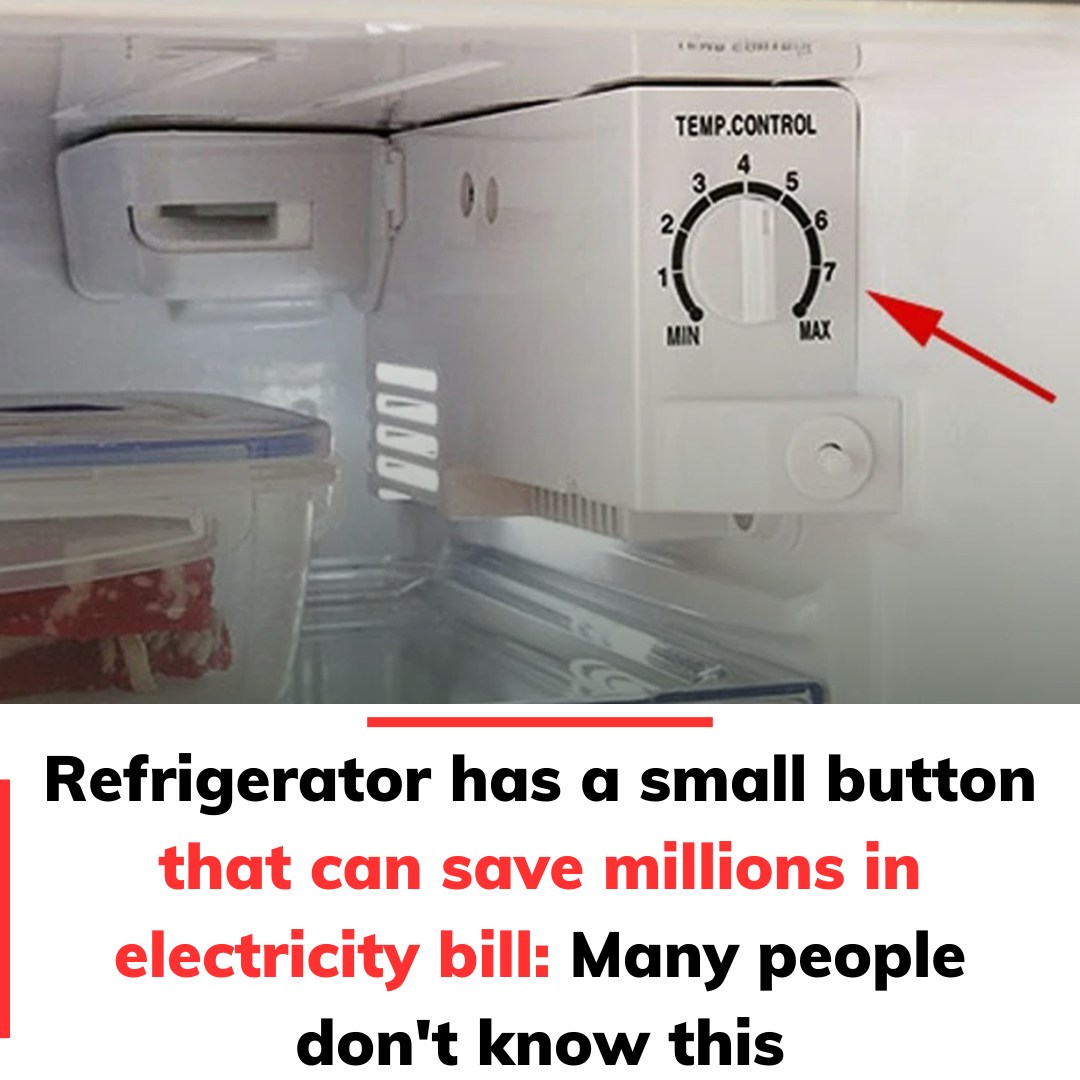Refrigerators are essential in every home, running all day to keep food fresh. However, they use a lot of electricity, often ranking among the top energy users in your house. With rising energy costs, saving even a little can add up. One easy way to reduce power use is to adjust your fridge’s temperature in winter.
During cold months, the air around your fridge is cooler, so it doesn’t need to work as hard. Most modern fridges have settings from 1 to 5 or 1 to 6. In summer, many people set them to cool more strongly, but in winter, lowering the setting to level 1 or 2 (about 35–41°F or 2–5°C) helps reduce energy use without risking food safety. You should keep the freezer at about -18°C (0°F).
Besides adjusting temperatures, how much food you store matters. With fewer items inside, you can use lower cooling levels. When your fridge is full, a higher setting might be needed to maintain chill throughout.
You can also save energy by placing your fridge away from heat sources like ovens, making sure it has space behind for air flow, and keeping it out of direct sunlight. Avoid overstuffing it because blocked airflow makes it work harder. Opening the door less and quickly helps keep cold in, which saves power.
Check the door seals regularly; if they are cracked or loose, cold air escapes, and the fridge must run longer. Cleaning coils every six months and defrosting if needed keeps it efficient.
Making these small changes helps your fridge save energy, lowers bills, lasts longer, and reduces your environmental impact. Take a moment to adjust settings and care for your fridge—you’ll see the benefits soon.


